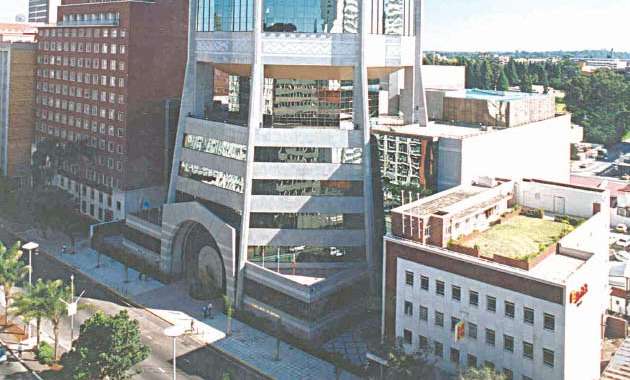‘Boosting economy answer to deflation’

Business Reporter
GOVERNMENT must work on measures that address both demand and supply side challenges to boost the economy and manage the potential negative effects of sub-zero inflation.
This comes as Zimbabwe’s annual rate of inflation climbed out of the negative zone for the first time in 29 months, adding 0,71 percentage points on the January rate to 0,6 percent in February. Headline inflation has been negative since October 2014.
While many perceive inflation, generally, as an economic anathema, moderate inflation is essential for sustainable growth of an economy while sustained deflation can cause problems for the economy. Many Zimbabweans do not hold fond memories of positive inflation, especially hyperinflation, which characterised the decade to 2008, causing collapse of industries and the economy en route to record levels, peaking at 231 percent at the last official count in 2008.
A study carried out on behalf of the Reserve Bank of Zimbabwe, titled “Determinants of inflation in a dollarised economy from 2010-2015: The case for Zimbabwe”, causes of negative inflation were found to be largely foreign, which Zimbabwe cannot control.
Zimbabwe switched to multi-currency, due to high inflation, in 2009. The study reveals that medium to long-term causes of deflation in Zimbabwe points to weak aggregate demand, sustained appreciation of the dollar against the South African rand, decline in global oil prices and subdued domestic economic activity.
The study noted that the ability of the country’s fiscal and monetary authorities to cushion the economy from the vulnerabilities attributable to external factors remain a challenge on the back of limited fiscal space and a dollarised (monetary) regime. It noted that the Reserve Bank of Zimbabwe has virtually no control over monetary and exchange rate developments in the economy under a dollarised monetary regime and hence cannot intervene to manage the monetary and/or exchange rate dynamics.
“There is therefore need for Government to come up measures that address both supply and demand side challenges in order to boost economic activity, as a way of managing the potential negative consequences of deflation,” reads an excerpt from the study.
On the supply side, the study established, authorities need to mobilise significant domestic public, private-sector, and international funding in order to increase the capital stock, refurbish existing infrastructure and invest in new infrastructural projects to increase the country’s potential output.
“These measures will shore up both economic growth, employment and ultimately the price level,” the research study noted.
Zimbabwe is experiencing low aggregate demand due to a difficult macroeconomic environment punctuated by liquidity and structural constraints, which have resulted in company closures and job losses, negatively affecting purchasing power of consumers.
“If the . . . deflationary pressures are to worsen, this can lead into a deflationary spiral whereby prices continue to fall. This will ultimately lead to a further lowering of production levels, which, in turn, reflects in lower wages, lower aggregate demand by businesses and consumers, which then lead to further decreases in prices and further exposure to the dangers of deflation.”
The main determinants of Zimbabwe’s overall, food and non-food tradables prices in the long run are the South African rand/dollar exchange rate, South African overall CPI and domestic fuel prices.
Depreciation of the South African rand against the US dollar with the effect of holding the South African CPI and domestic fuel prices constant was found to result in the easing of prices in Zimbabwe. A rise in South Africa consumer price index, which have been holding the Rand/dollar exchange rate and domestic fuel prices constant, was found to be associated with a rise in Zimbabwe’s CPI.
Empirical results show that an increase in domestic fuel prices exerts upward pressure on Zimbabwe’s price level.
Nonetheless, exchange rate developments, international crude oil prices and CPI dynamics in South Africa remain beyond the country’s control.









Comments